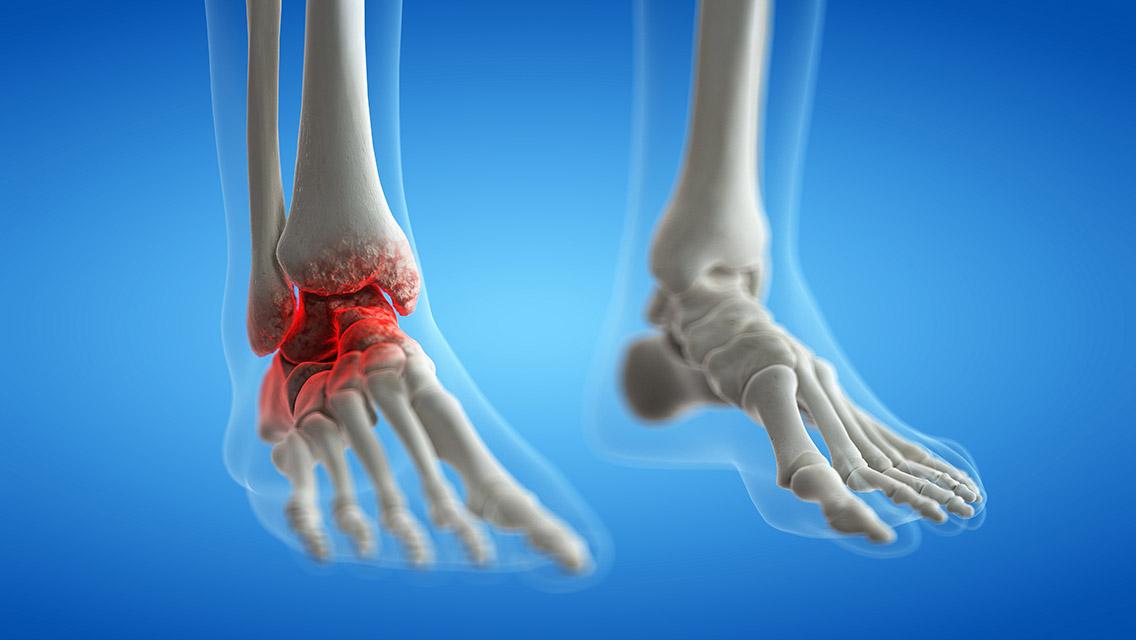Bipolar disorder, formerly known as manic-depressive illness, is a mental health condition characterized by extreme mood swings that include emotional highs (mania or hypomania) and lows (depression). These mood swings can affect a person’s energy levels, activity, sleep patterns, behavior, and ability to think clearly. Bipolar disorder is a lifelong condition, but it can be managed with proper treatment and support.
Types of Bipolar Disorder
Bipolar disorder is categorized into several types, each defined by the nature and duration of the mood episodes:
Bipolar I Disorder
This type is characterized by manic episodes that last at least seven days or by manic symptoms that are so severe that immediate hospital care is needed. Depressive episodes typically occur as well, lasting at least two weeks. Mixed episodes (having simultaneous symptoms of both mania and depression) can also occur.
Bipolar II Disorder
Bipolar II involves a pattern of depressive episodes and hypomanic episodes, which are less severe than full-blown manic episodes. There is no occurrence of manic episodes in Bipolar II.
Cyclothymic Disorder (Cyclothymia)
Cyclothymia involves periods of hypomanic symptoms as well as periods of depressive symptoms lasting for at least two years (one year in children and adolescents); however, the symptoms do not meet the diagnostic requirements for a hypomanic episode and a depressive episode.
Other Specified and Unspecified Bipolar and Related Disorders
These are defined by bipolar disorder symptoms that do not match the three categories listed above. This could include, for example, rapid cycling or periods of frequent mood shifts.
Symptoms of Bipolar Disorder
The symptoms of bipolar disorder can vary widely in their patterns, severity, and frequency. They are generally divided into symptoms of mania, hypomania, and depression.
Manic Symptoms
Mania is a state of elevated or irritable mood, lasting at least one week, that significantly impacts daily functioning. Symptoms of mania include:
- Euphoria: An excessively elevated mood.
- Increased Energy: A surge in energy and activity levels.
- Decreased Need for Sleep: Feeling rested after only a few hours of sleep.
- Racing Thoughts: Rapid thoughts and speech, jumping from one idea to another.
- Distractibility: Inability to focus on one task.
- Impulsivity: Engaging in risky behaviors, such as excessive spending, sexual promiscuity, or rash decision-making.
- Grandiosity: An inflated sense of self-importance or abilities.
Hypomanic Symptoms
Hypomania is a milder form of mania that lasts for at least four days. While it may not severely impact daily functioning, it is noticeable by others and can escalate to full mania or depression. Symptoms are similar to those of mania but less severe.
Depressive Symptoms
Depressive episodes in bipolar disorder can cause significant impairment and include:
- A prolonged feeling of sadness or emptiness.
- Reduced interest or pleasure in activities once enjoyed.
- Decreased energy and increased fatigue.
- Insomnia or sleeping too much.
- Weight loss or gain unrelated to dieting.
- Intense feelings of guilt or worthlessness.
- Trouble focusing, making decisions, or remembering things.
- Frequent thoughts of death, suicidal ideation, or suicide attempts.
Causes and Risk Factors
The exact cause of bipolar disorder is not known, but several factors contribute to its development:
Genetic Factors
Bipolar disorder tends to run in families, suggesting a genetic component. Individuals with a parent or sibling with bipolar disorder are more likely to develop the condition.
Biological Differences
People with bipolar disorder may have physical changes in their brains. The significance of these changes is still being studied but may eventually help pinpoint causes.
Neurotransmitter Imbalances
Imbalances in neurotransmitters, the chemicals that transmit signals in the brain, are believed to play a role in mood regulation and may contribute to bipolar disorder.
Environmental Factors
Stress, traumatic experiences, and significant life changes can trigger the onset or exacerbation of bipolar symptoms in genetically predisposed individuals.
Diagnosis of Bipolar Disorder
Diagnosing bipolar disorder involves a thorough evaluation by a mental health professional, which includes:
Medical History and Physical Examination
A detailed medical history and physical examination help rule out other conditions that might mimic bipolar disorder, such as thyroid problems or neurological disorders.
Psychiatric Assessment
A comprehensive psychiatric assessment involves interviews about symptoms, family history, and life experiences. Standardized questionnaires and diagnostic criteria from the DSM-5 (Diagnostic and Statistical Manual of Mental Disorders, Fifth Edition) may be used.
Mood Charting
Keeping a daily record of mood changes, sleep patterns, and other symptoms can help in identifying patterns and triggers.
Treatment of Bipolar Disorder
Although bipolar disorder is a lifelong condition, it can be effectively managed with a combination of treatments. The primary goals of treatment are to stabilize mood, manage symptoms, and prevent relapse.
Medications
- Mood Stabilizers: Medications like lithium are commonly used to control manic and hypomanic episodes.
- Antipsychotics: These can be used to manage symptoms of mania or mixed episodes.
- Antidepressants: These are often used in combination with a mood stabilizer to treat depressive episodes, though their use must be carefully monitored to avoid triggering mania.
- Anticonvulsants: Drugs such as valproate and lamotrigine can act as mood stabilizers.
Psychotherapy
Therapy is a critical component of treatment for bipolar disorder and includes:
- Cognitive Behavioral Therapy (CBT): Helps individuals recognize and change negative thought patterns and behaviors.
- Psychoeducation: Educating patients and their families about bipolar disorder can improve treatment adherence and outcomes.
- Interpersonal and Social Rhythm Therapy (IPSRT): Focuses on stabilizing daily rhythms, such as sleep and wake times, to help manage mood swings.
- Family Therapy: Involves family members in treatment to improve communication and support.
Lifestyle and Self-Care
- Regular Exercise: Physical activity can help stabilize mood and reduce symptoms of depression.
- Healthy Diet: Eating a balanced diet can support overall well-being.
- Sleep Hygiene: Maintaining a regular sleep schedule is crucial for managing bipolar disorder.
- Stress Management: Techniques such as mindfulness, meditation, and yoga can help manage stress.
Support Systems
Joining a support group or connecting with others who have bipolar disorder can provide valuable support and reduce feelings of isolation.
Living with Bipolar Disorder
Living with bipolar disorder requires ongoing management and support. Here are some strategies to help:
- Medication Adherence: Taking medications as prescribed is essential for managing symptoms and preventing relapse.
- Regular Monitoring: Regular follow-ups with a healthcare provider can help monitor symptoms and adjust treatment as needed.
- Education: Staying informed about bipolar disorder and its treatment can empower individuals to take an active role in their care.
- Support Networks: Building a strong support network of family, friends, and healthcare professionals can provide emotional and practical support.
Conclusion.
Bipolar disorder is a complex and challenging condition, but with proper treatment and support, individuals can lead fulfilling lives. Understanding the nature of the disorder, recognizing the symptoms, and following a comprehensive treatment plan are key to managing bipolar disorder effectively.



